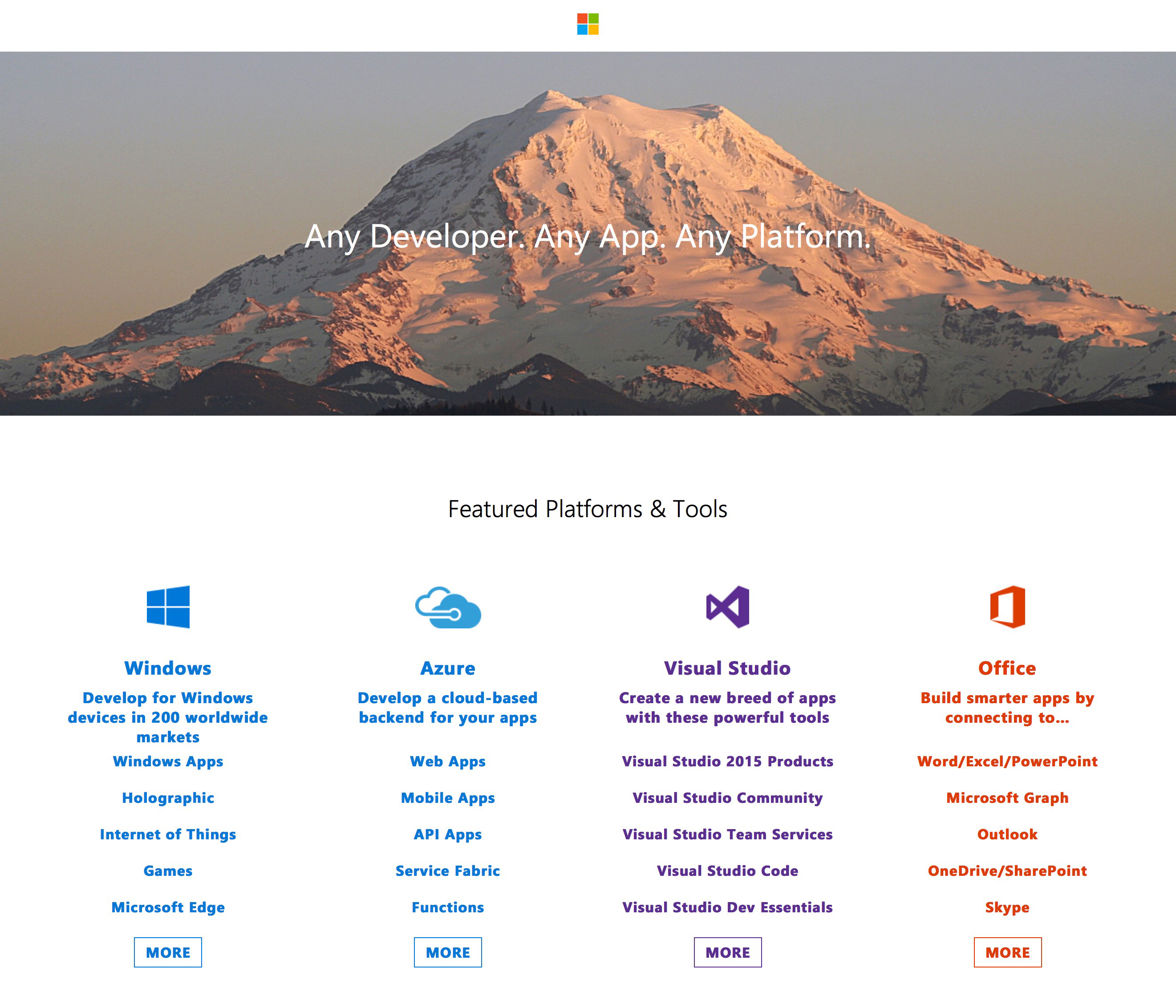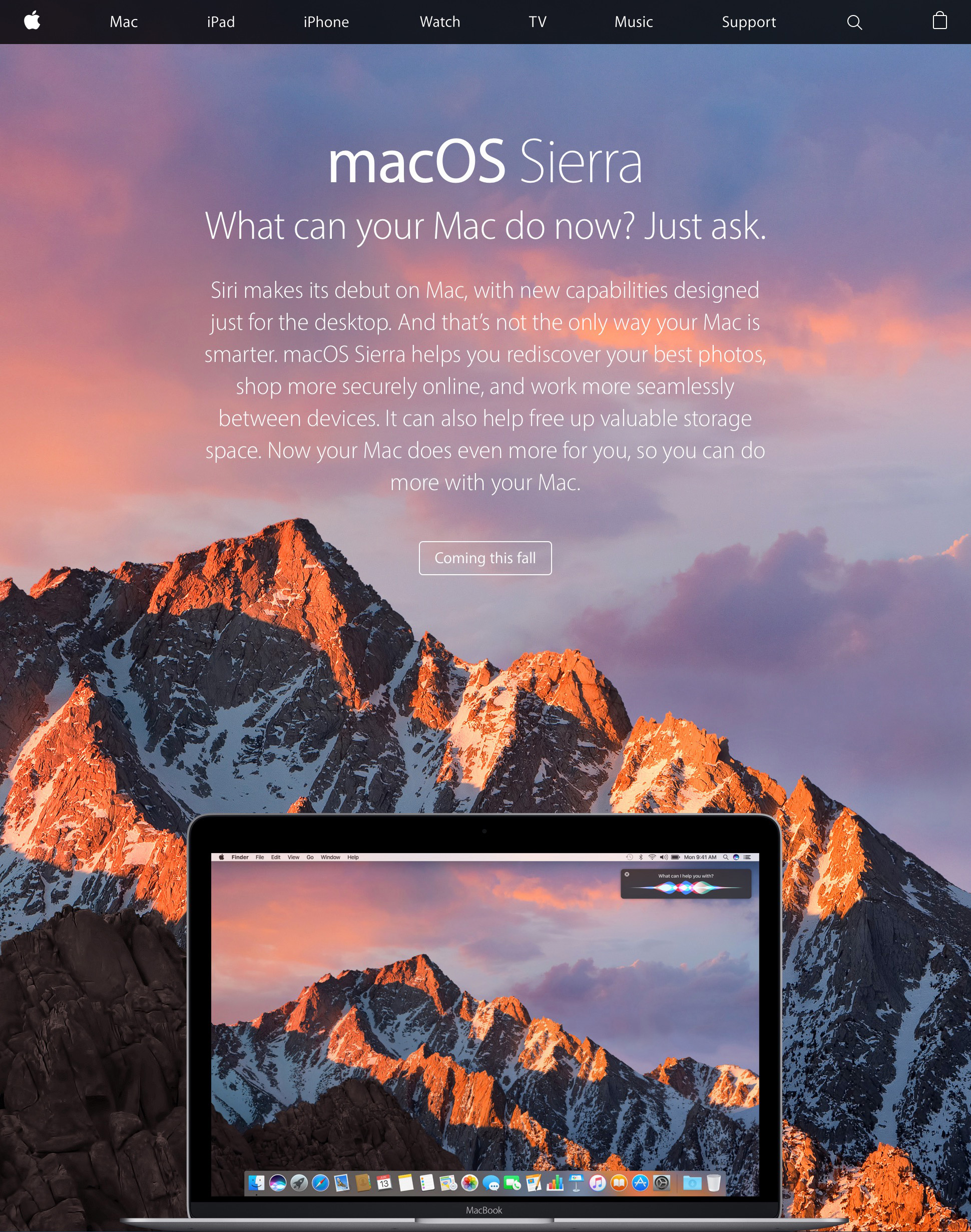Blade Runner: Typeface Details & Beyond
Over at Typeset in the Future, Dave Addey has an incredibly detailed analysis of Blade Runner going way beyond the typefaces used:
The subtitle reads WORLD WIDE COMPUTER LINKUP PLANNED, in what looks like Optima Bold. While the idea of a World Wide Computer Linkup might seem passé as we approach 2019, it was still very much unusual in 1982 when Blade Runner was released. Indeed, it wasn’t until March 1982 that the US Department of Defense, creators of pre-Internet network ARPANET, declared TCP/IP as the standard for all military computer networking, pretty much kick-starting what we know as the modern-day Internet of 2016.
Of course, if you’re going to set up business on the moon, you’ll need something a bit smarter than the simple terrestrial Internet we know here on Earth. Indeed, you’ll probably want some kind of Interplanetary Internet. By a strange coincidence, this is exactly what Vint Cerf and NASA have been working on, using delay-tolerant networking to forward bundles of data from spacecraft to spacecraft as and when they come into range. If you’d like to know more, here’s Vint explaining why the speed of light is too slow at a TEDx event in 2011. (We’ll excuse the Comic Sans in his slides, because he did after all invent the thing that’s letting you read this article.)
I’m a huge advocate of watching great movies over and over and over again. You never take everything in on the first watch.
via Daring Fireball




